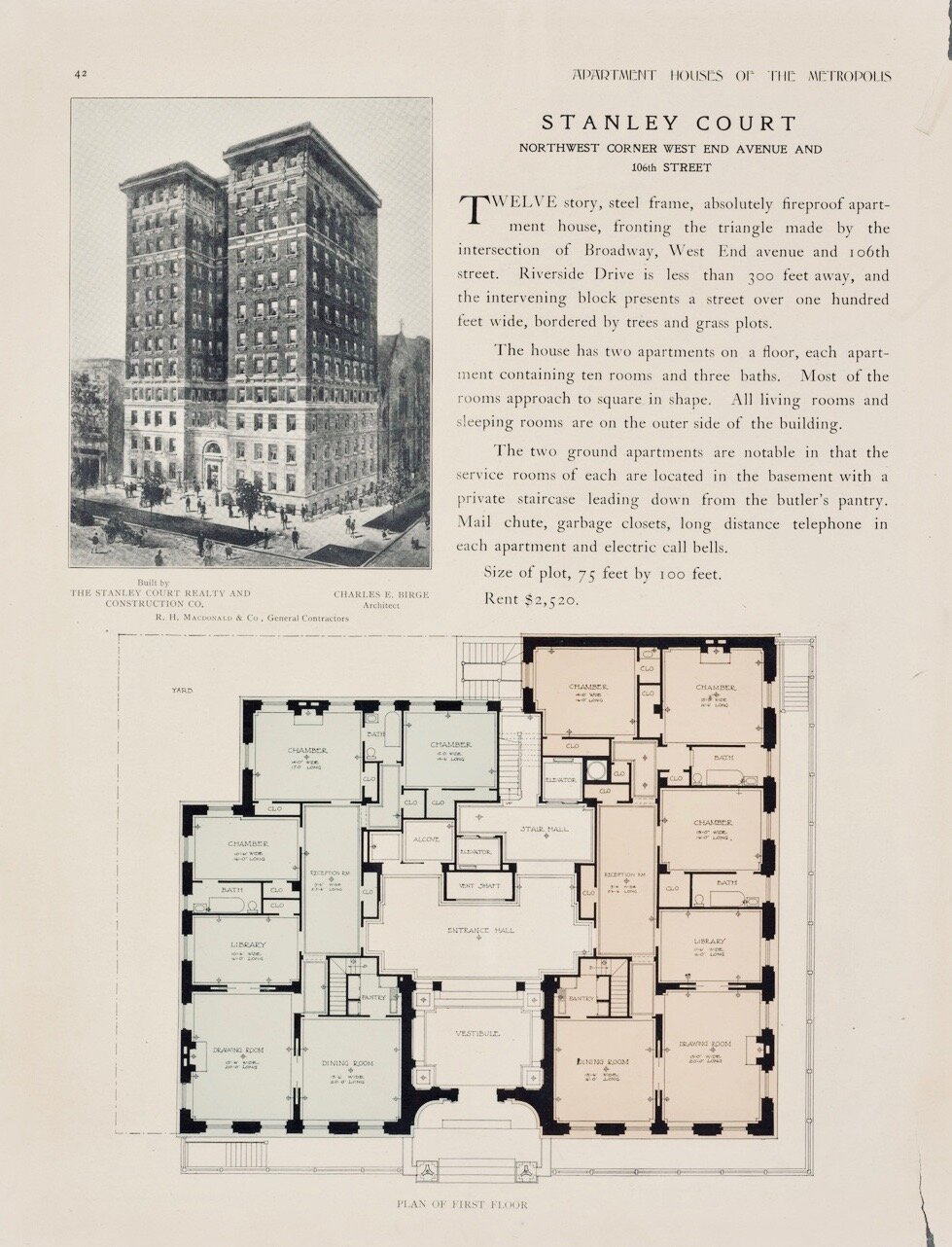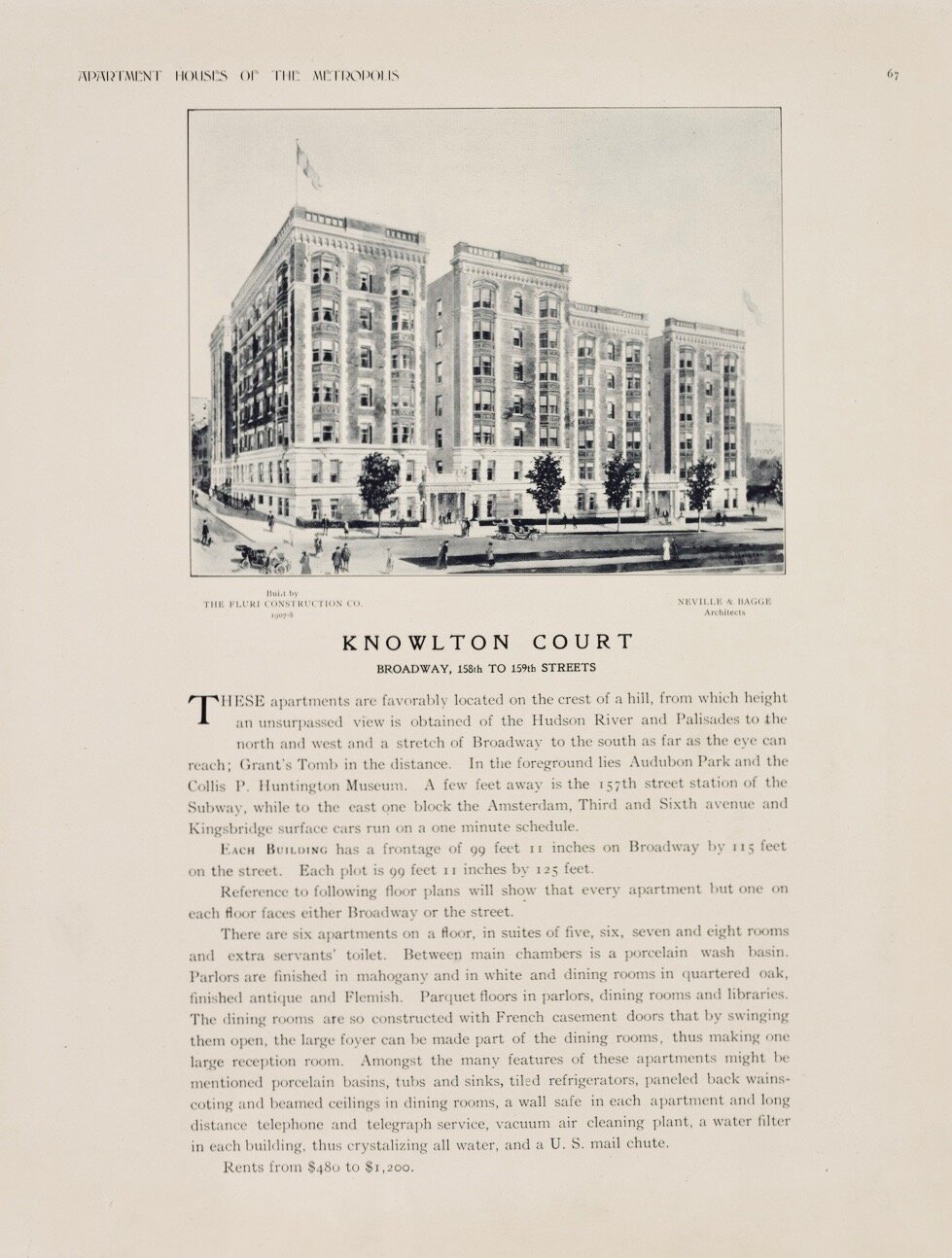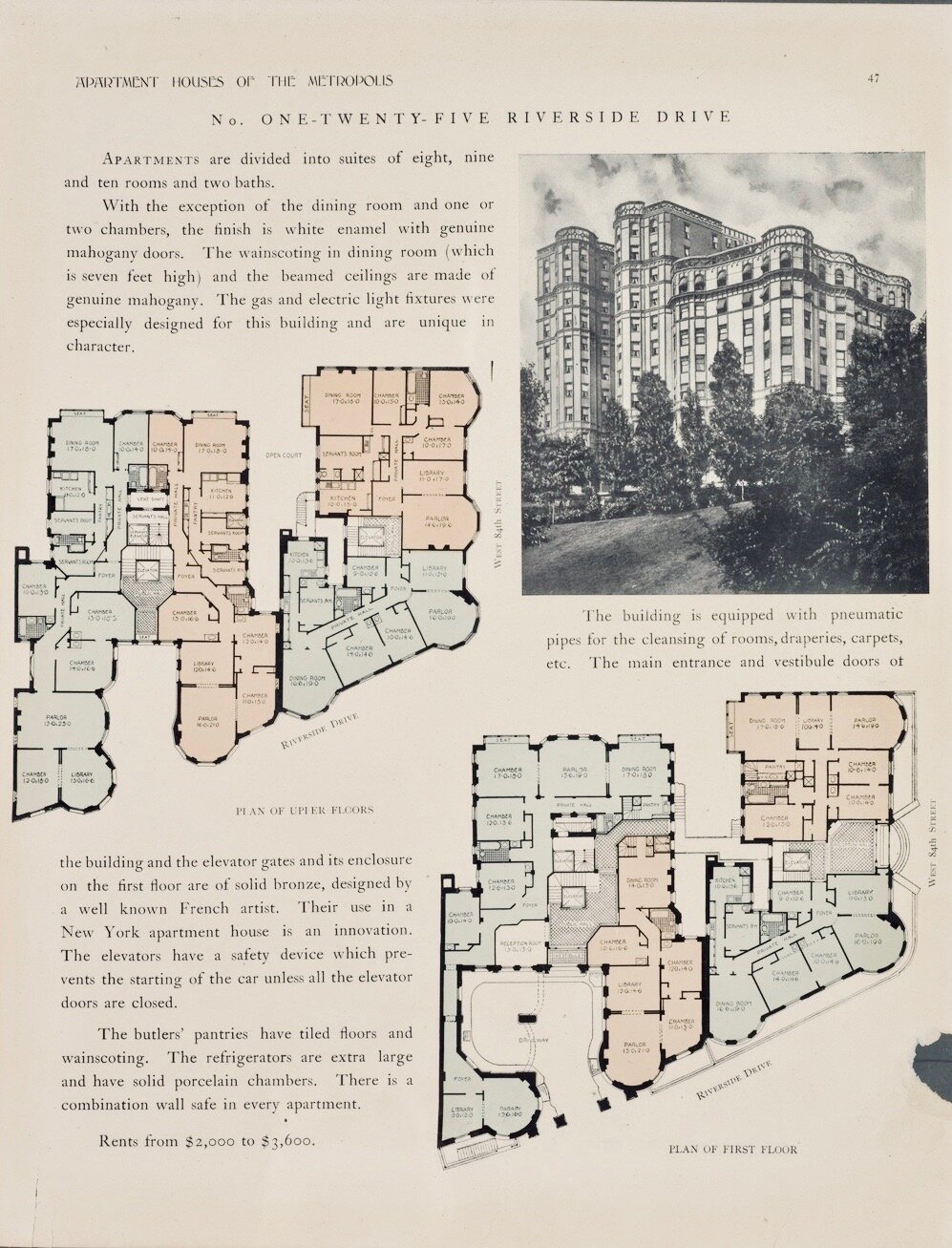The Sophian family lived in Kyiv (Russia at the time, Ukraine today). Morris and Delia Sophian had five children, Meyer, Jennie, Rosie, Harry, and Abraham. They lived an imperiled life in Tsarist Russia. Kyiv (Kiev). Along with Warsaw and Odessa, Kyiv was ground zero for the Tsar’s pogroms against the Jews. As the New York Daily News reported that the great wave of Jewish immigration was “instigated by Russian massacres, ‘plagues of sword and torch,’ that have smitten their race in Russia. The violence continued for decades and prompted a continuous stream of Jews migrating to the US to escape the death march.”
1891
The Sophian family decided to make the brave move to America in the early 1890’s. There is much we do not know about their emigration. Digitized US Citizenship records and US Census records, tell us about their early life in the US. Harry and Abraham traveled on the same ship, the SS Edam, of the Holland America Line, out of Rotterdam to the Port of New York, arriving on the 25th of June 1891. The SS Edam was sailed under the Nederlandsche-Amerikaansche Stoomvaart Maatschappij, the English version was Holland Amerika Lign, today it’s known as Holland America Line. Holland Amerika Lign had its American terminus on the west side of the Hudson River, Hoboken.
Harry and Abraham were young. Harry was almost 9 years old and Abraham was 7. The rest of the family were likely on the same ship, but we have yet to locate the Edam manifest that would show all of them together. We know of Harry and Abraham’s voyage from their petitions for citizenship.
Harry and Abraham’s Declaration of Intent to become a US citizen (1908 and 1909), required each to attest: “It is my bona fide intention to renounce forever all allegiance and fidelity to any foreign prince, potentate, state, or sovereignty, and particularly to Nicholas II, Emperor of Russia, of which I am now a subject.” That declaration must have felt good.
Photos below: SS Edam, Holland America Line; Holland America dock in NYC (Hoboken); Steerage (emigrant) class accomodations (Library of Congress).




















